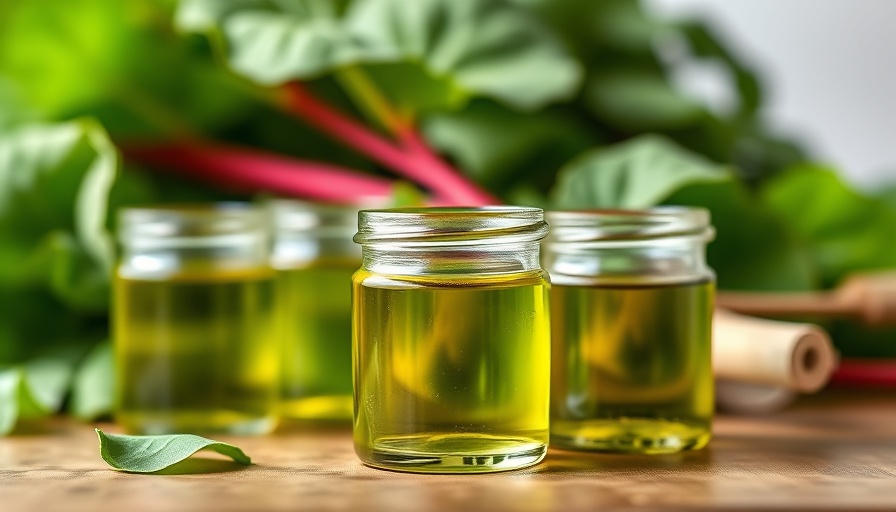
Discovering Ramp Leaf Oil: Nature's Culinary Gem
This spring, make the most of nature's bounty by embracing ramp leaf oil, a vibrant and flavorful alternative that will revolutionize your dishes while extending the life of ramps. Whether you forage for these wild onions or buy them fresh from the market, creating ramp leaf oil is a delicious way to preserve their unique flavor and enjoy it all year round. Rich in culinary potential, this green gold can brighten up a range of meals and elevate everyday dishes with little effort.
Why Ramp Leaf Oil is the Secret Ingredient You Need
Ramp leaf oil does more than just extend the life of ramps. It encapsulates a fresh, oniony essence that can transform bland meals into something special. Use it to drizzle over roasted vegetables, baste grilled meats, or swirl into mashed potatoes for a kick of flavor. Unlike conventional oils, ramp leaf oil showcases seasonal ingredients, thus fostering a connection to nature and sustainable practices.
The Foraging Craze: The Allure of Ramps
As spring sets in, the excitement to forage ramps is palpable. However, it's crucial to approach harvesting with care. Ramps, especially in wild populations, are vulnerable to over-harvesting. Therefore, gathering conservatively ensures their survival and our ability to enjoy them year after year. Moreover, when foraging, be aware of look-alikes like false hellebore, which is toxic and should be avoided at all costs. Leveraging your sense of smell can be your best defense: genuine ramps have a strong, onion-like aroma.
How to Make Ramp Leaf Oil: Two Easy Methods
Making ramp leaf oil can be as simple or intricate as you wish, with two popular methods yielding excellent results: raw or roasted. Let’s explore both methods:
- Raw Ramp Leaf Oil: Blend fresh ramp leaves with high-quality oil for a vibrant green finish. This method maintains the fresh, bright flavors perfect for salad dressings or dipping oils.
- Roasted Ramp Leaf Oil: Charring the leaves provides a deeper flavor profile, complementing hearty dishes such as soups and casseroles. The rich, smoky essence enhances the oil's character, offering a unique twist on flavor.
Creative Ways to Use Ramp Leaf Oil
Once you’ve made your ramp leaf oil, the possibilities for its use are extensive. Here are some tantalizing ideas:
- Baste grilled steaks, fish, or mushrooms for a finishing touch that elevates your outdoor cooking.
- Whisk it into salad dressings for an added layer of flavor.
- Slather on toast as a gourmet alternative to butter.
- Drizzle it over roasted potatoes or use it in mashed potatoes for a creamy delight!
For Those New to Foraging: Tips and Precautions
Foraging can be a rewarding activity, but it demands knowledge and respect for nature. Here are vital pointers for responsible ramp hunting:
- Educate yourself on plant identification to avoid toxic species.
- Take only a small amount, allowing the wild population to thrive.
- Smell is a reliable indicator—if it lacks that onion scent, avoid it!
Final Thoughts: A Sustainable Delight
This season, let ramp leaf oil be your secret weapon in the kitchen. Its vibrant flavor not only enhances your dishes but also draws attention to the beauty of seasonal ingredients. Making and using ramp leaf oil supports local ecosystems, encourages sustainable foraging habits, and allows you to savor a unique culinary experience all year long. Harness this opportunity to be creative in the kitchen and share your delicious ramp leaf oil extravaganza with family and friends!
Take Action: Start Your Ramp Leaf Oil Adventure Today!
If you're ready to explore the world of ramp leaf oil, gather your ramps, decide on your method, and dive into this culinary journey. The vibrant flavors await—don't let them pass you by!
 Add Row
Add Row  Add
Add 




Write A Comment